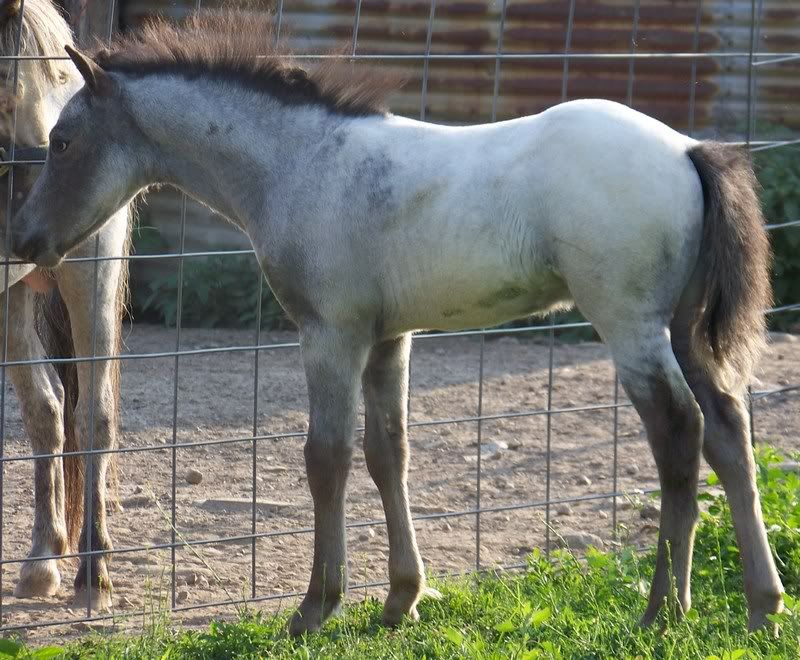Could anyone please tell me what appy pattern(s) My Midnight Lexus is expressing. She seems to be changing drasticly every year. Is this Varnish? Roaning? Snowflake? She is registered as blue roan appy, but we know how that goes....
At 2 years (before I got her)

at 4 years summer coat (2 months after I got her)

at 5 years (spring clip)


and a 5 years summer coat

any help is greatly appreciated! Thanks

At 2 years (before I got her)

at 4 years summer coat (2 months after I got her)

at 5 years (spring clip)


and a 5 years summer coat

any help is greatly appreciated! Thanks


































































